
Here’s An Official First Look At What’s Inside The Toyota Hyryder
- Jun 27, 2022
- Views : 4344

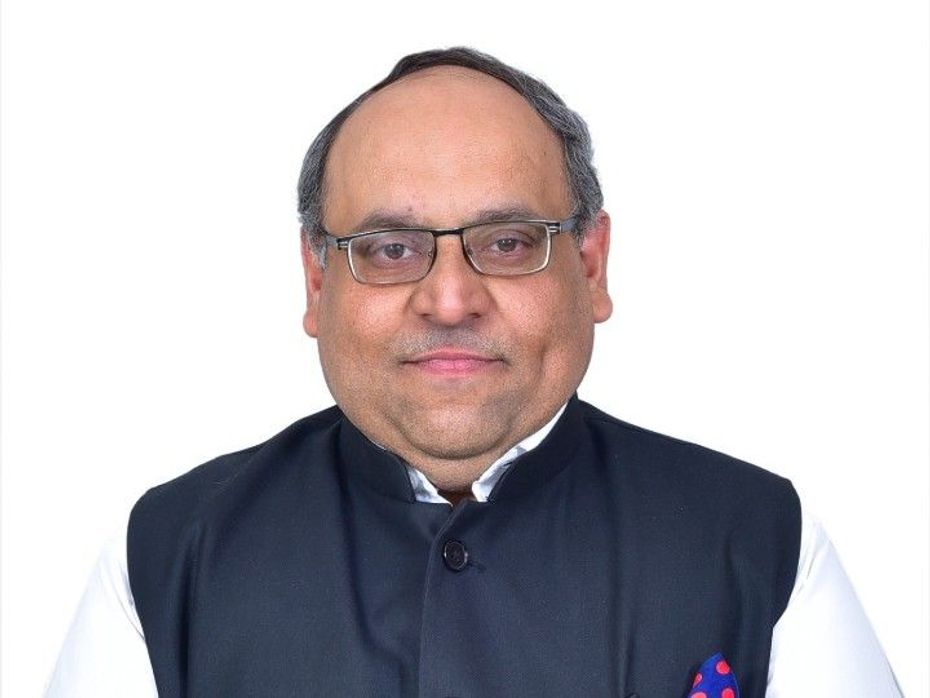
While the likes of MG Motor India, Hyundai, and Tata Motors have been making waves for India’s electrification revolution, it's actually Toyota that’s one of the first carmakers to dip their toes in electrification in the country. That being said, the reason why it went unnoticed was due to their electrified lineup being higher-segment vehicles such as the Camry Hybrid and the Vellfire.
But now that’s set to change with the carmaker beginning to make a proper push towards mass market electrified markets in the country, by recently announcing an investment up to Rs 4,800 crore in localised parts for hybrids to help increase the adoption of such models. As for models, the Hyryder SUV will soon kick things off.
To get into the nitty gritties of Toyota's planning for its electrification journey in India, we had a chat with Vikram Gulati, Executive Vice President at Toyota Kirloskar Motors.
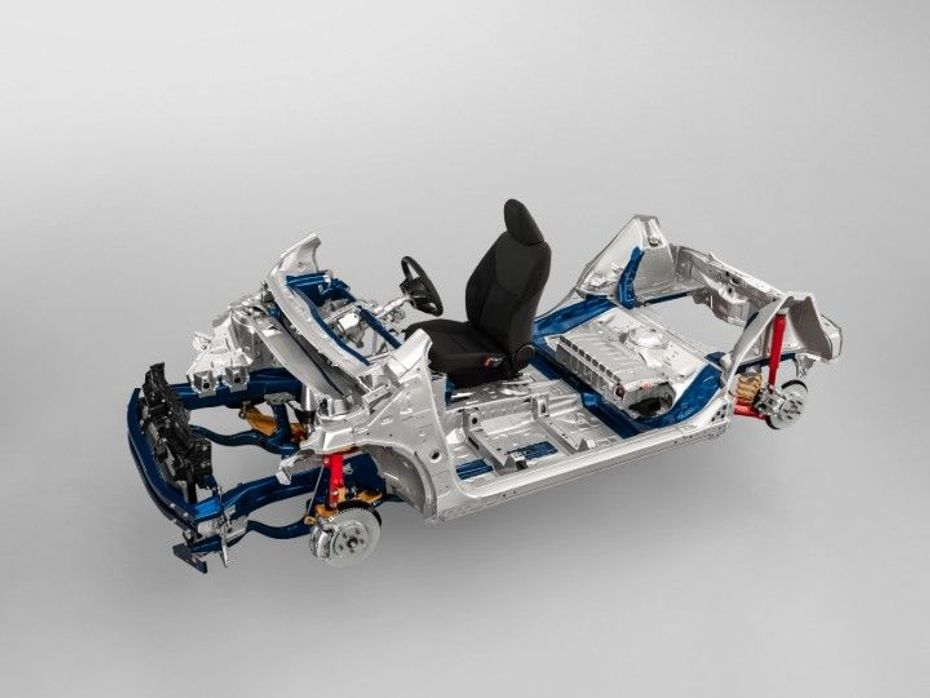
Ameya Dandekar: Regarding the hybridization, because Toyota's focus is on hybridization a lot right now. So do you have any plans to localise PHEVs (plug-in hybrids) for India?
Vikram Gulati: If you look at it from our point of view, it's not really about hybridization. It's about electrification. Because if you only talk about electrification, you're talking about a host of technologies, which are all compatible, and complementary. It's only about kind of getting the mix in terms of where you get the energy from, right. So, you can start with a strong hybrid, like you rightly said, you can go from a PHEV to an EV and even a hydrogen powered vehicle. So, our journey since the very beginning has been around trying to popularise electrification of all technologies, as in where this is possible, based upon the energy mix of the country and the consumer acceptance.
So those are the two defining factors that will decide which of the electrified technologies are introduced. And each country has a very unique context. Because the energy mix of that particular country is unique to its setting. Plus, local conditions are a big factor along with consumer acceptance. So as we go along, we'll continue to explore all technological options in terms of moving towards a sustainable future.
AD: Right. So, the main question was, if your focus is on electrification, what kind of localization can we look at going forward over there?
VG: As we've been saying, consistently is, if I were to define our approach in one sentence, which would be an aspiration to do mass electrification with make-in India so localisation, as you mentioned, would be a key ingredient of that. One of the reasons for doing that is obviously, if you really want to contribute to the country, it really has to be with make-in-India. It doesn't make sense to substitute imports from an oil perspective, that is one element. The second element, of course, is we've always believed in localization as a sustainable way of achieving competitiveness in the local market, and even if you look at our mainstay products, whether it's the Innova or the Fortuner, the level of localization is extremely high.
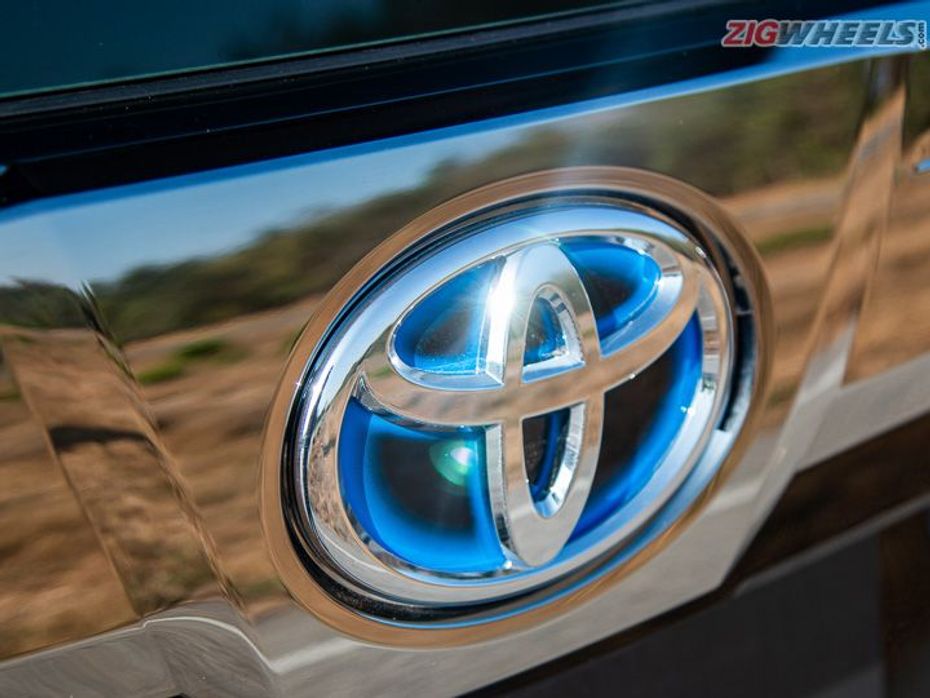
Going forward, irrespective of the technologies that we introduce, the approach remains unshakable. And recently, that's the reason we announced a very big investment with the Karnataka government, it totals around 4800 crore, and a lot of that is towards electrification. So, going forward our aspiration is to create a locally competitive,reliable and quality ecosystem.
AD: That's actually great to hear, because then we can actually expect this kind of technology especially with electrification because we know for a fact that something like batteries are very expensive right? So if it is localised, obviously then we can also expect the price difference not to be insane between say, a normal ICE vehicle or a mild hybrid and a strong hybrid?
VG: This is still an evolving piece. Batteries in India still are very expensive. Even with the government’s Production Linked Incentive schemes having come in and incentives being there for the advanced chemistry, cell manufacturing along with other components and EVs. We are going to see a situation of prices being similar to global levels not too much lower, especially in the case of the cells etc. Definitely, if we were to work together as an industry to build not only localization, but localization with scale and building competitiveness, that's the key, competitiveness around quality and competitiveness around cost. There would be benefits that would accrue to all electrified technologies, including strong hybrids and BEVsl.
AD: What is Toyota's projection for hybrid or electrification adoption overall for India?
VG: India's just started its journey towards electrification and electrification is obviously going to be different in different segments. Pace of electrification, two wheelers, three wheelers will behave very differently vis-a-vis, let's say a four wheeler or a bus segment. And even within four wheelers, you will have a different pace of adoption vis-a-vis the different requirements of the consumers.
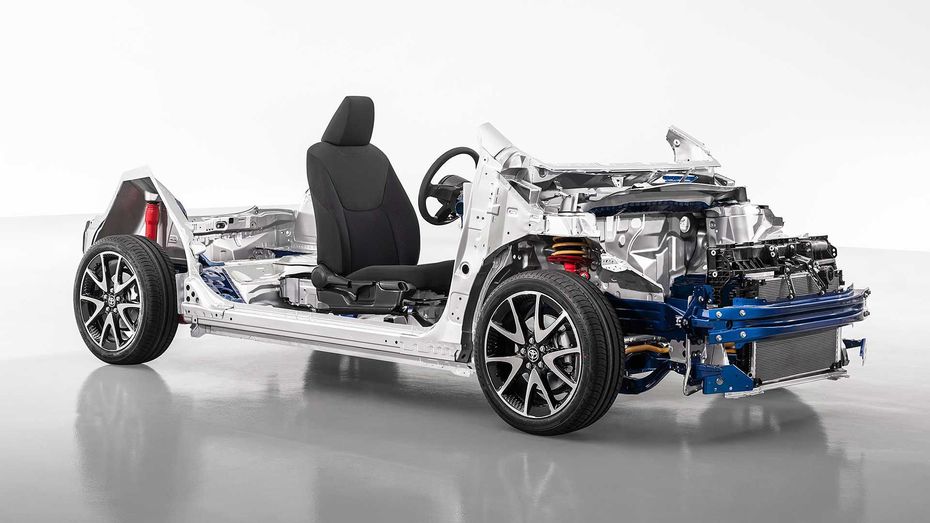
As far as different technologies of electrification are concerned, it's that the factor really is not going to be only around total cost of ownership and, you know, the ability to bring down costs and make it viable on a total cost of ownership for the consumer, but it's also going to be around delivering much more. So a consumer is willing to pay more provided he or she is able to see other benefits accrue to it. For example, strong hybrids are very green, it runs on 40% of the distance and 60% of the time on EV mode, which gives a direct 50% fuel efficiency improvement, and carbon savings plus, that gives you that extra power, it's smooth, it doesn't need charging infrastructure.
So there are a whole host of things which the consumer will be looking for. Plus there is always this fight between the consumer needs, in terms of what he's looking for in his vehicle, and the technology he or she finally decides to adopt. So we see a very bright future for electrification and also hybrids in India.
AD: Right. But the unfortunate part about all this is despite the savings in terms of fuel and everything, the government of India is not giving any tax benefits for hybrids as of now. Do you see that changing going forward or are you already in talks with them regarding this?
VG: Well, at the outset, I must recognize the efforts that the government has made both on the demand and supply side to encourage electrification. It's really phenomenal, and it's really praiseworthy. I need not spell it out, but you have the FAME, you have the lower GST, you have states coming in with the PLIs etc. Now, if you look at a strong hybrid and the point that you raise, if you look at FAME, a strong hybrid is included. If you look at GST, there is a lower GST for strong hybrids vis-a-vis gasoline. If you look at the pillars, it is included. State governments are also recognizing their EV policies. But you're right. Currently, the issue really is that the GST tax differential between a gasoline and a strong hybrid is not significant. And it is in fact, when you convert it into rupee terms, it actually becomes a deterrent.
Going forward, you know, as things are evolving in terms of the need for the government and the nation as a whole, to reduce fossil fuel consumption, right now, right away, as also carbon emissions, we see that there would be a good need for merit based taxation to come in, which would then resolve these minor issues get in there.
AD: You mentioned CAFE norms, so can we expect Toyota to come up with more hybrids before full electrification in India?
VG: CAFE, basically, is a target that each OEM will decide to achieve by using various technologies. It could be EVs, it could be strong hybrids, it could be mild hybrids. It could even be things like, better aerodynamics, lowering the rolling resistance of the tyres, light weighting, etc. So it's a piece that each OEM will decide how to go forward. And there is also sufficient room for all the OEMs to improve the fuel efficiency in various gasoline technologies also. So as far as CAFE is concerned, you know, there would be a host of strategies available to everybody. And the mix that you did decide to take to achieve that objective would depend upon an OEM. So there would be multi-pronged strategies towards that.
AD: Actually, we loved the new ad campaign that Toyota ran, basically, the ‘Hum hai hybrid’ ad campaign. Anything regarding that?
VG: Right now, when you introduce a new technology, whether it is BEV battery electric or strong hybrid, you have to demystify the technology. And I think there is already a lot of space out there, a lot of awareness being created around battery electric. It is less of a confusing technology, from a consumer point of view, simple to understand. But a strong hybrid needs a bit more introduction in terms of people to understand what it actually is. Because there are different connotations and people have different perceptions about it.
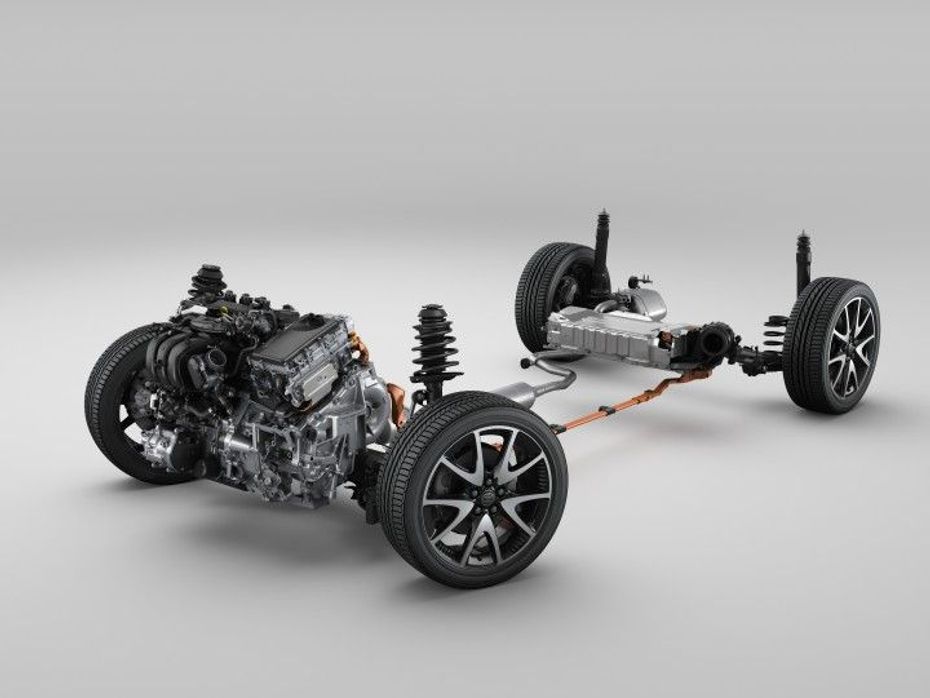
So therefore, you know, when you are moving towards electrification seriously, you also need to bring to the consumer, greater awareness of all the technologies that come under the bracket of electrification, which in this, in this particular case, is focused towards demystifying the hybrids.
AD: So one question is, what do you think will be the ideal delta for ICE versus hybrids? Like what should be the price difference where it starts making sense for people to actually consider buying a hybrid. Because now, considering that diesels are slowly going extinct, and plus the petrol costs going up. So people are looking for options where they can save in terms of running costs. What do you think is the ideal delta? I know the production costs and everything is separate but what do you think is the ideal thing that people are looking for?
VG: It's a very interesting question. And before I get to answering this, you would recall that this was precisely the question that was asked of EVs. What's the delta, the sweet spot, that sweet spot didn't really matter in many of the markets. And even now, for many consumers, it doesn't really matter. But the reason is simple, initially, it was talking about the capex differential, and that is the acquisition cost delta. Then it got translated into the total cost of ownership, the savings that you do on the optics, and you can, you know, amortize the higher capex over a period of time and therefore, it makes sense. Then it has matured into a discussion on financing, in terms of you know, how that can be leveraged.
This is a very complex piece, and there is no real number you can put a finger on. The reason is because the fourth element really is that there is a consumer who's willing to pay much higher than a normal rational consumer, based upon the understanding of the benefits that he or she is accruing. So as in the case of electrics, there are a lot of benefits. Similarly, in case of strong hybrids, there are benefits about the what the technology delivers in terms of performance, in terms of its green credentials, in terms of its OPEX side savings in terms of, the speed, the convenience, the reliability, the durability, the fact that the battery can stay with you for the life of the vehicle, you don't have to worry about the charging issues.
So, there are a whole host of attributes, which each consumer will give a quantifiable number to. So, it's a very difficult question to answer in terms of what is exactly going to be the delta, especially in the beginning. I think it's a complex piece to answer because of these three, four factors.
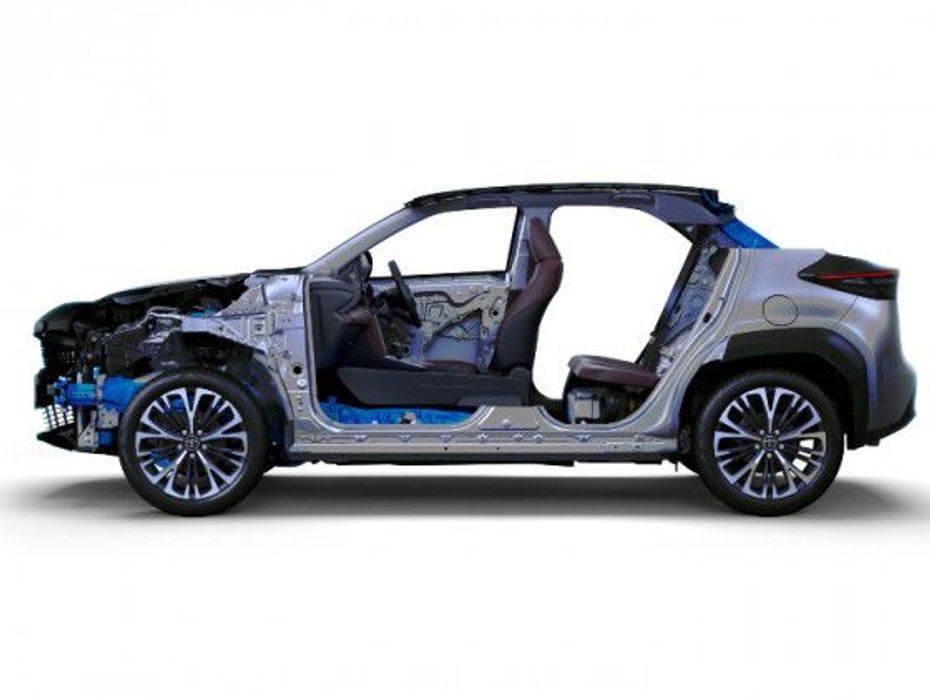
AD: On the topic of hybrid components including the battery pack, can we expect it to be locally assembled going forward to keep costs down?
VG: Our aspiration is to move towards localization, more and more and our ideal is to try and reach a localization of the entire powertrain. From that perspective, the direction is clear.
AD: What kind of powertrain can we expect from the Hyryder?. I know, you haven't announced the name as yet, but we are expecting it to be called the Hyryder. Basically, we know for a fact that it is good to come in a mild hybrid as well as strong hybrid. But why the choice? Why have you gone with the choice of strong hybrid over here in the affordable segment?
VG: Let's just put it this way ‘raaz ko raaz rehne do, thode din aur baaki hai’. We will give you more details.
AD: Okay, keeping this car aside, you said that, with localization, the cost will come down slightly. But I'm sure even internally Toyota will have a target going forward for hybrids between a mild hybrid and a strong hybrid. What should be the cost difference? Because even you all must have done your research on how much are people willing to pay? Because electric cars, hybrids and ICE cars, they have their own standing right? So even you all will know what should be the target like, what are people willing to pay for a tech like strong hybrid?
VG: There is no single answer to this, For example, we had introduced this technology in the upper end, segment through the Camry, Vellfire, etc. And the reason initially for the Camry was to do market testing and just see how the acceptance of the vehicle is. Despite the changeover to GST, which was an event which saw the differential come down significantly between the petrol and the strong hybrid, this vehicle continues to do fabulously well for the segment it sits in.
So that comes back to the point I'm saying, it's really not about a number. And there are four layers to explain why it's not about the number, which I just mentioned a while back, why you really cannot talk about delta in terms of acquisition costs. It's an important number, but it's not the only thing. So there are many other factors and it also depends on which segment you come in set right. Now, going ahead when we say and it's a popular thing that people try to perceive, when some says that localization will lead to automatic cost reduction, it doesn't automatically flow that way. Because if you look at various components, there is going to be competitiveness in different markets at different levels.

In India, making certain components is always going to be more competitive vis-a-vis the world and in certain areas we are not. We have gone in with the notion of make-in-India without distinguishing between areas where we have disabilities or disadvantages, vis-a-vis areas where we have advantages. The logic is simple, take it as a challenge and work with your suppliers, work innovatively, see what all you can do to bring down the local production, at least as a first step, equal to the global levels, then take it beyond that.
This gives you a direct control on the cost equations vis-a-vis sourcing, which continues to be a factor where you have very limited control. So that's the reason why we are going in for localization of many parts, which otherwise, India may or may not have competitiveness right now. So we've got to build that, and that has to be built along with the suppliers. We've had a long history of doing that. Just for your information, we spent around 40,000 man hours in terms of process improvement for suppliers, another 8500 man hours per year on manpower, training, etc. The idea really is to transfer that knowledge to the suppliers so they can become competitive, which in turn will benefit you. So that's an important point.
AD: Leave mild hybrids, leave strong hybrids, when can we expect a fully electric vehicle? Any timeline on that?
VG: 30 years ago, 1994, or 93 was the time the first electric came in from Toyota, the RAV4 in the US market. That’s just to lighten the mood and break this image that people tend to carry that Toyota is not equal to EV, as we speak there is this very weird perception. We have all these technologies, whether it is BEV or hydrogen, or SHEV, or the PHEV. It's not very difficult to switch between one and the other. All you have to do basically is you're playing with the same powertrain. You're either increasing the size of the lithium ion batteries or kind of mixing two powertrains together or what have you.
Going forward, from a total perspective, there are two factors which help us make a decision on what's best in our view, for a particular market. And those two factors are one, it's determined by the local energy mix, because if a society wants a technology, what is the purpose of the technology? Is it just a name, is the technology an end in itself? Or is the technology designed or to be introduced for some end objective?
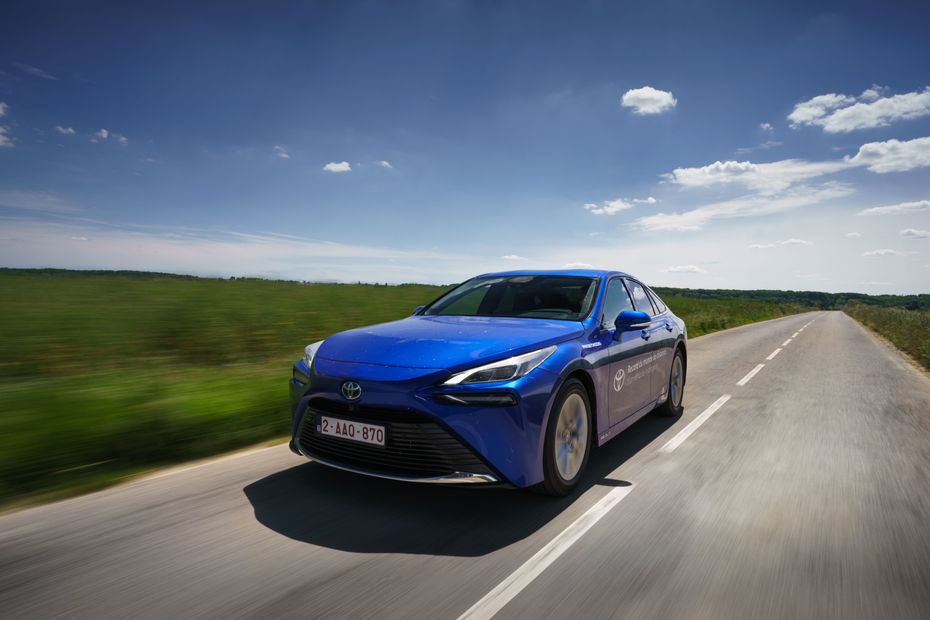
Here the end objective of society is reduction of fossil fuel carbon emissions and pollution, and maintaining manufacturing within the country. So if you look at the energy mix of the country right now, it's in a particular way, where we feel a particular technology can deliver the best. Second factor is you can have, let's say, any technology you want, you can try and introduce it in the country and push it down the throat of the consumer.
Unless the consumer is willing to accept a technology, it really doesn't take off. On both sides, we are seeing a faster shift towards renewable energy, a change in the electricity generation pattern from coal to renewable. We're also seeing a gradual improvement in terms of customer acceptability of EVs going forward. There would be a time when we feel that this equation is right, to introduce the technology and at that time, definitely we will. We have all the technologies, there is no issue, and going forward, you will be seeing many more such technologies coming in.
Raunak Awasthi : What is Toyota’s take on flex fuel engines, and is there a feasibility to introduce flex fuel strong hybrids?
VG: Look, if you look at the flex fuel from a point of view of reduction of fossil fuels, straightaway, if you go to 20 percent mix, you're reducing 20 percent gasoline straightaway. It's perhaps the fastest way of reducing fossil fuel that is gasoline that is currently available, that is one. Going beyond 20 percent is going to be flex fuel technology. And that will be relevant, if we have as a nation ethanol surplus beyond the e20 part. What we understand, having talked to people in the ethanol space, is that e20 is not going to be a challenge, it requires something in the region of 1100 Crore litres of ethanol, to be able to achieve that and the country has potential to go much beyond that.
So in certain parts of the country, there is going to be a surplus amount of ethanol available. And when you talk about ethanol, it has two very important attributes as an energy source. One, it is renewable, because the feedstock is plant, and the plant is absorbing carbon to lead to the production of ethanol. And hence, it's, very renewable source of energy, an indigenous source of energy, and it's an agrarian source of energy. It has potential to dramatically improve the incomes of the agrarian society. So, those are huge benefits. From an environmental point of view, if you do a real calculation, as per the numbers we saw from the Brazilian delegation, which visited India, it has the potential of being the lowest carbon emitting technology in the Indian context for quite some time. because we are predominantly a coal based economy when it comes to generating electricity.
So from that point of view, all these things do add up. FFVs and ethanol does make sense in the transient period, as electrification picks up, and the only thing is that consumer adoption again. From society's side, everything adds up. Consumer adoption would need what you were alluding to in terms of what it takes. Because this switch comes with some challenges. Challenges are that the calorific value of ethanol is lower than that of gasoline and hence, you would tend to lose out some fuel efficiency. If you lose fuel efficiency, the benefit of cost advantage on the fuel goes away. That equation can turn bitter very quickly.
On the other hand, there is a cost drop in terms of manufacturing an FFV. Because it's not only about the materials, it's also what produced putting in a whole host of sensors and other electronics which allow you to have an FFP. It's technologically not unachievable, it's very achievable. It's a pretty achievable technology. If policies come in which kind of proportionately support this technology on merit basis, that's what we keep saying, have merit based taxation, then this has a very good potential in India. And I think all OEMs will be able to roll out this, if the policy space becomes attractive for putting in those investments for bringing in these vehicles where consumer acceptability is visible.
RA: Do you think strong hybrid vehicles can come with flex fuels?
VG: Even strong hybrids can come with hydrogen and you have the Mirai. A strong hybrid is nothing but an electric vehicle in which the energy is being generated onboard. You can have gasoline doing that job, ethanol or hydrogen doing that job. Incidentally, electrified flex fuel vehicles are available and have been rolled out in Brazil where flex fuel vehicles are doing really well.


Here’s An Official First Look At What’s Inside The Toyota Hyryder

Toyota Drops First Urban Cruiser Hyryder Teaser Ahead Of Its July 01...

Jehan Daruvala Gets One Step Closer To F1, Lands Maiden Test With...

Winners And Losers Of 2022 Formula One Canadian Grand Prix

All Special Edition Toyota Cars Launched For 2024 Festive Season

Toyota Hyryder Gets A Festive Limited Edition With Loads Of Free...

Toyota CNG Cars – Rumion CNG And Urban Cruiser Hyryder CNG...

New Toyota SUV, Likely To Be Mahindra XUV700 Rival, Reportedly In The...

Toyota Hyryder Goes On Sale In South Africa With Less Features And...
 Hyundai Creta
Hyundai Creta
 Maruti Grand Vitara
Maruti Grand Vitara
 Skoda Kylaq
Skoda Kylaq
 Toyota Taisor
Toyota Taisor
 Kia Seltos
Kia Seltos
India's largest automotive community
 2025 Kia EV6 Facelift Launch In March 2025: What Do We Know So Far?
2025 Kia EV6 Facelift Launch In March 2025: What Do We Know So Far?
 A Luxurious Yet Sustainable MPV, Meet The MG M9 At Auto Expo 2025: Explained In 10 Images
A Luxurious Yet Sustainable MPV, Meet The MG M9 At Auto Expo 2025: Explained In 10 Images
 Have A Knack For Modified Cars? Check Out These Custom Cars At Auto Expo 2025
Have A Knack For Modified Cars? Check Out These Custom Cars At Auto Expo 2025
 Auto Expo 2025: BYD Sealion 7 Explained In Our Detailed Image Gallery!
Auto Expo 2025: BYD Sealion 7 Explained In Our Detailed Image Gallery!
 Toyota Fortuner
Rs. 33.43 Lakh
Toyota Fortuner
Rs. 33.43 Lakh
 Toyota Innova Crysta
Rs. 19.99 Lakh
Toyota Innova Crysta
Rs. 19.99 Lakh
 Toyota Camry
Rs. 48.00 Lakh
Toyota Camry
Rs. 48.00 Lakh
 Toyota Hilux
Rs. 30.40 Lakh
Toyota Hilux
Rs. 30.40 Lakh
 Toyota Innova Hycross
Rs. 19.94 Lakh
Toyota Innova Hycross
Rs. 19.94 Lakh
 Hyundai Creta
Rs. 11.10 Lakh
Hyundai Creta
Rs. 11.10 Lakh
 Tata Punch
Rs. 6.12 Lakh
Tata Punch
Rs. 6.12 Lakh
 Mahindra Thar ROXX
Rs. 12.99 Lakh
Mahindra Thar ROXX
Rs. 12.99 Lakh
 Tata Nexon
Rs. 7.99 Lakh
Tata Nexon
Rs. 7.99 Lakh
 Mahindra XUV700
Rs. 13.99 Lakh
Mahindra XUV700
Rs. 13.99 Lakh